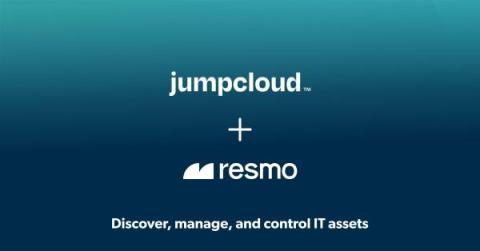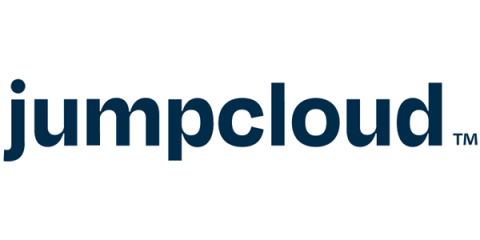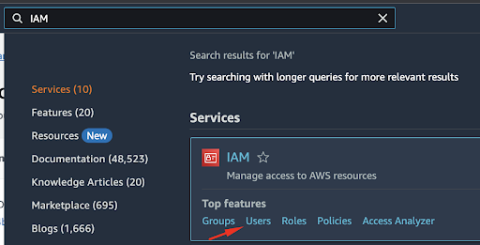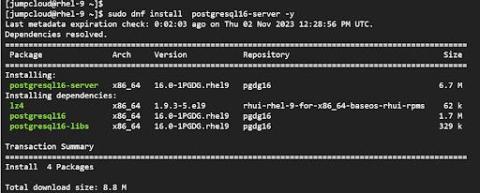JumpCloud Acquires Resmo for Integrated Asset Management
JumpCloud has acquired Resmo, an asset management and SaaS security solution, to provide customers a unified solution of SaaS, IT security, and asset management that empowers them to eliminate shadow IT and gain full visibility into all apps and cloud infrastructure in an all-in-one solution. The inclusion of Resmo’s technologies will enhance JumpCloud’s ability to help customers deliver secure and streamlined user provisioning, access request management, and utilization monitoring.







